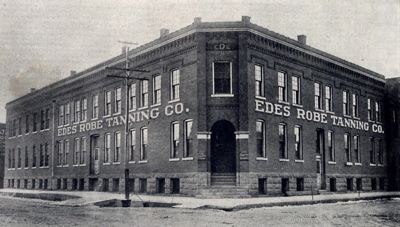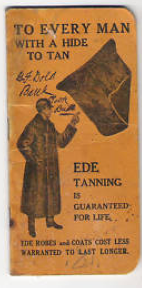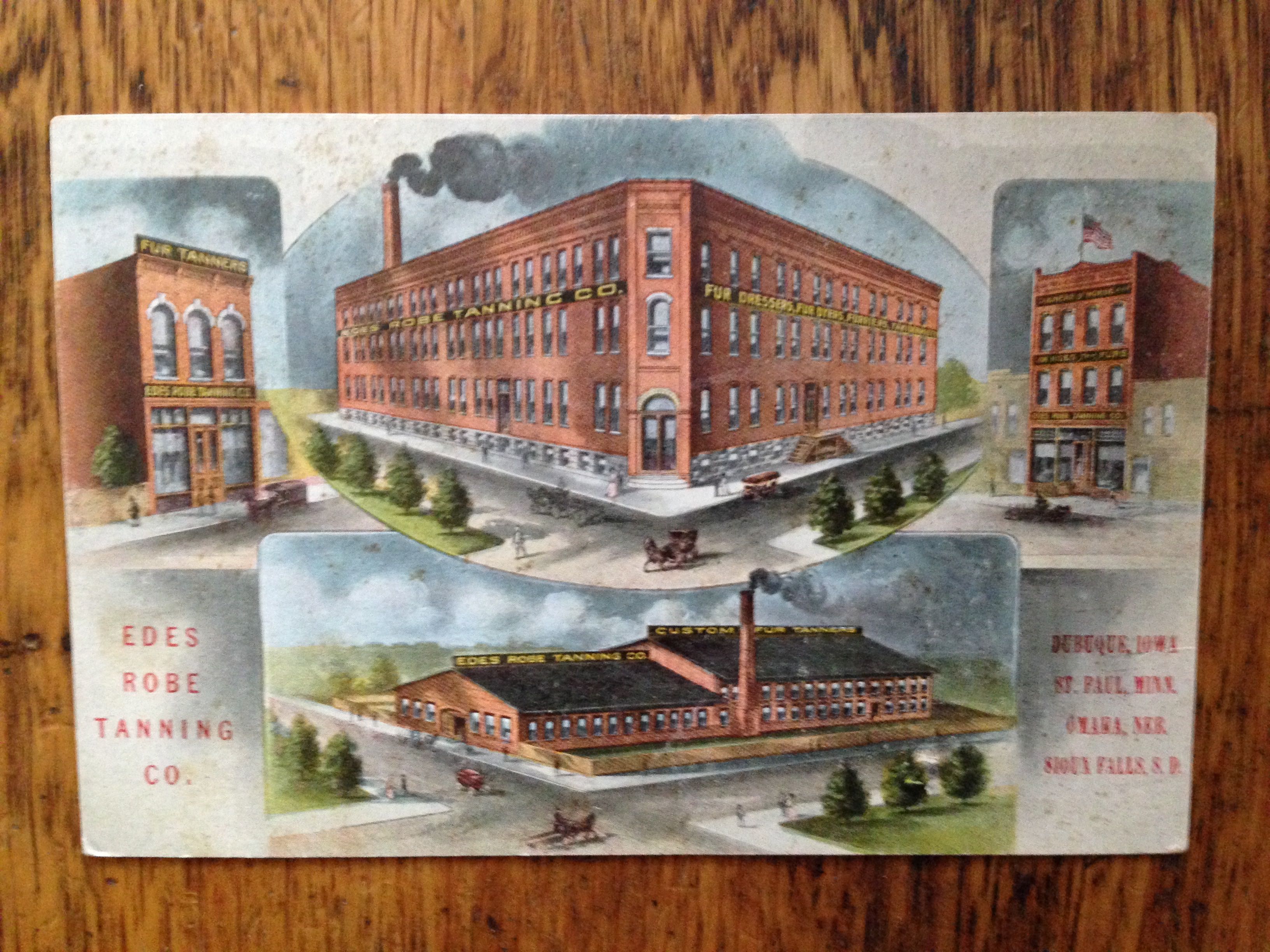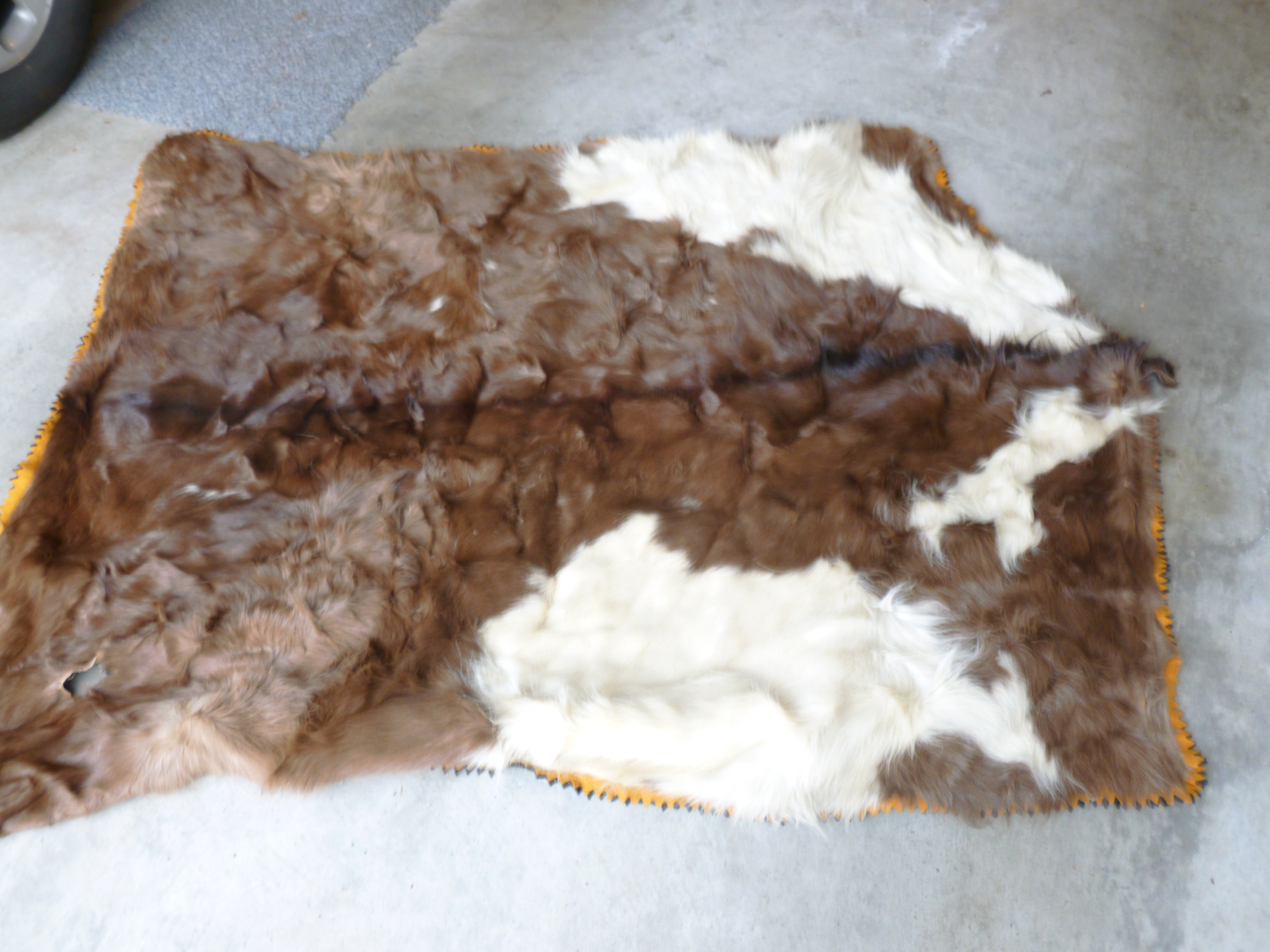Encyclopedia Dubuque
"Encyclopedia Dubuque is the online authority for all things Dubuque, written by the people who know the city best.”
Marshall Cohen—researcher and producer, CNN
Affiliated with the Local History Network of the State Historical Society of Iowa, and the Iowa Museum Association.
EDE'S ROBE TANNING COMPANY
EDE'S ROBE TANNING COMPANY. Interest in moving from Manchester, Iowa to Dubuque was expressed by the company in April 1895. Unusual for companies at the time or since, the company did not seek any "bonus" for relocating to Dubuque and only sought a site with good shipping facilities and little competition. The business specialized in tanning skins with the hair on for lap robes and rugs. (1) Established and incorporated in Dubuque in1896, the company was listed in the 1911-12 Dubuque City Directory at the corner of west Main and Jones and in the 1916-1917 White's Dubuque County Directory at 95 West Main. The 1929 and 1934 Dubuque City Directory listed it at 41 Main. The company employed from forty to sixty people in Dubuque and operated three branches (St. Paul, Minnesota; Omaha, Nebraska; and Sioux Falls, South Dakota. In 1910 the company was said to be the world's largest tannery of cow and horse hides.
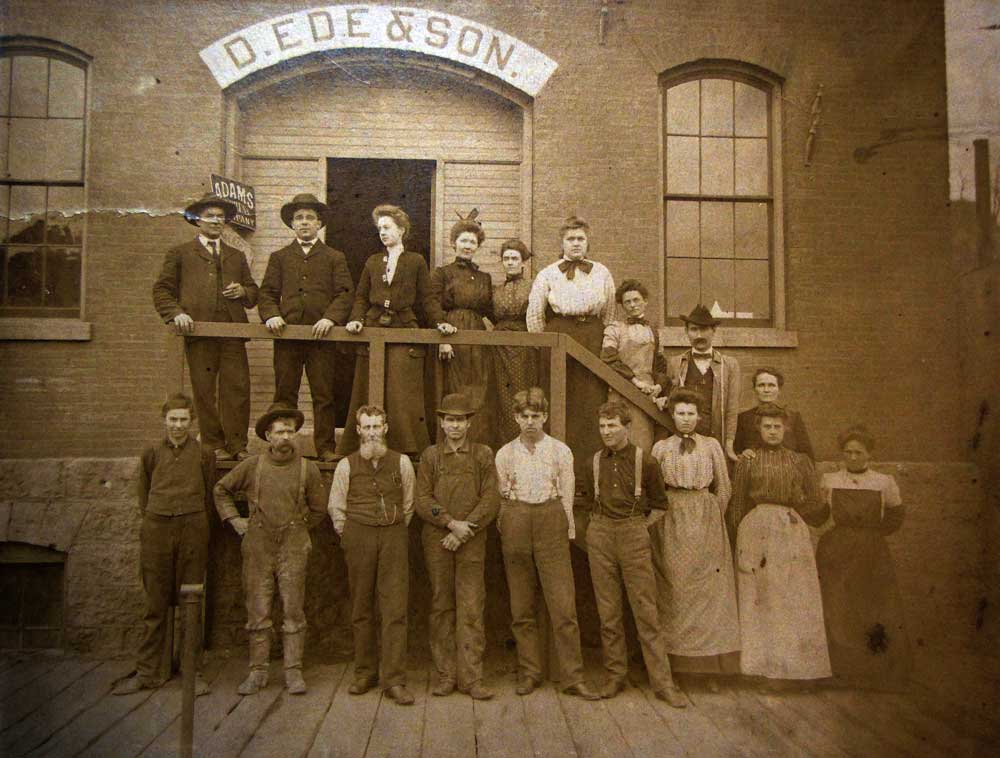
Ede's eventually produced one-half of the world's leather products. Robe tanning was a major industry in Dubuque. In addition to fur tanning and clothing manufacturing, the company also offered taxidermy work of all kinds. One half of the company's business was done for regular customers. The remaining business was special orders from suppliers across the United States.
Skins were first cleaned of flesh and dirt and deodorized. They were then worked by special machinery that forced the natural oils into the fur to make it soft. The skins were then cleaned in pulverized hardwood sawdust before shipment to market. Each of the men employed in the Dubuque plant was an expert in one type of fur. A majority of the workmen served an apprenticeship of seven to fifteen years.
Built in 1906, the 64 Main building offered one of the better examples of applied geometric design overlaid on a traditional faux cast iron storefront. The Ede factory was historically significant and interpreted the industrial role of this part of the city as well as the importance of processing hides from the slaughter house industry. It was demolished for highway construction. (2)
See: David F. EDE
---
Source:
1. "Want to Come Here," Dubuque Daily Herald, April 5 1895, p. 8
2. Site Survey Form, State Historical Society of Iowa, December 1, 1999, Online: http://www.cityofdubuque.org/DocumentCenter/Home/View/2927, p. 10
Telegraph Herald, December 30, 1906


